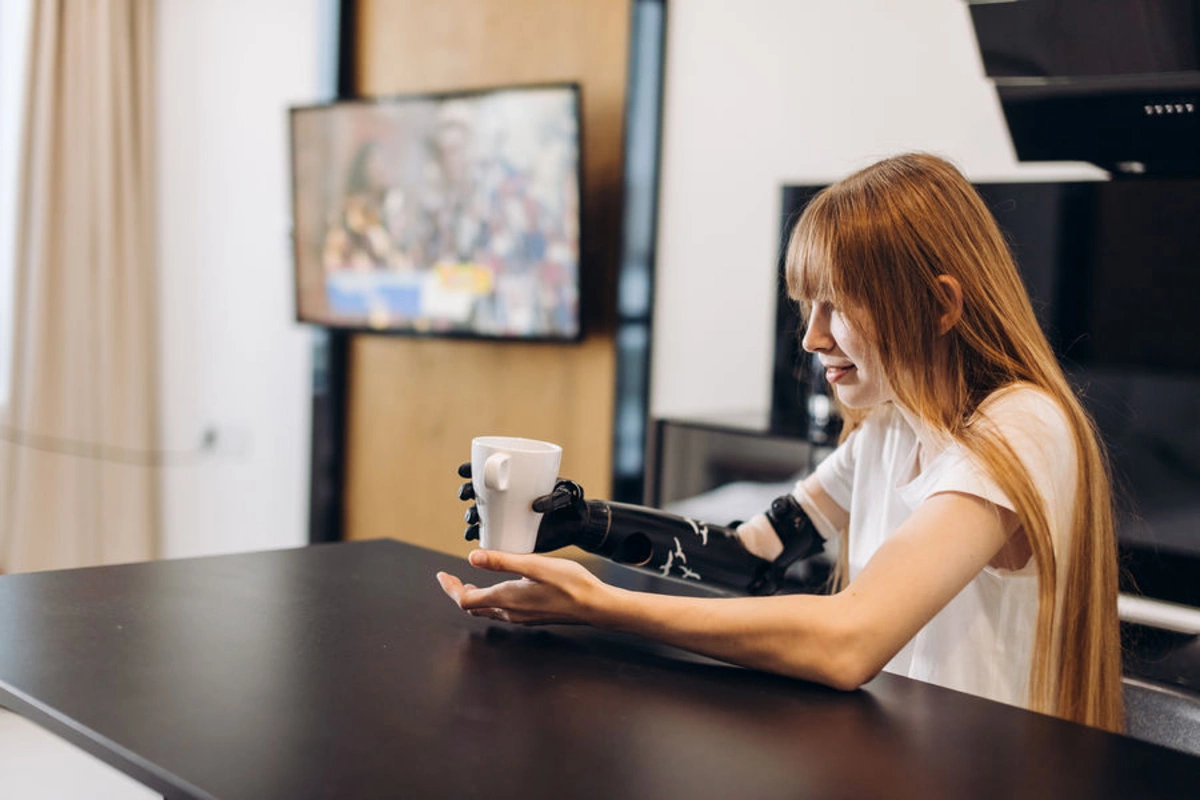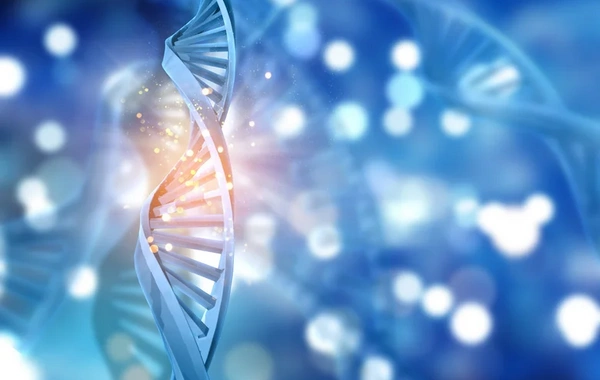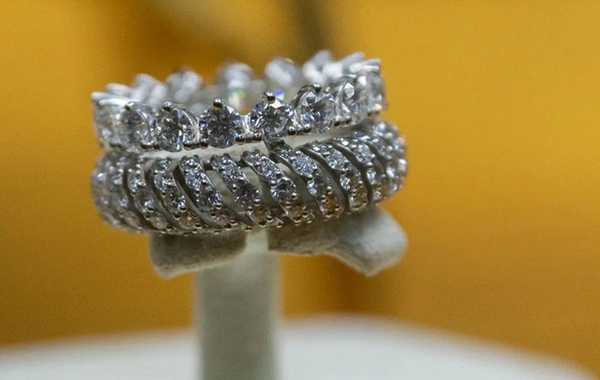It turns out that after arm amputation, the brain retains memory of finger movements for life

In the cerebral cortex, there exists a so-called "map" of the body, sometimes called a homunculus. It was believed that it changes over time after the loss of a limb. However, scientists have now established that it remains unchanged: the brain retains memories throughout life of how each individual finger moves. Neurophysiologist Mikhail Lebedev told "Gazeta.Ru" about this.
"The phantom limb phenomenon has been known for a long time. People who have lost limbs continue to feel their presence. A logical question arises: if the limb is felt, where is this sensation 'stored'? The answer is simple: in the cerebral cortex, there exists a so-called 'map' of the body, which is sometimes called a homunculus. This is a small person with large hands and a large head, while the rest of the body is quite miniature. Many studies show that the cortex pays more attention to the hand and fine finger movements than to the legs, which are controlled by more automatic subcortical structures," the scientist explained.
Previously, studies of cortical plasticity were popular: if an animal's finger is amputated, neighboring fingers fill its zone on the map. Now, scientists have concluded that the cortex remains unchanged.
"This really unifies all the old knowledge about phantom limbs. As part of our research, we were able to find out that nerve stimulation projects onto the phantom. This technique is useful for adjusting prostheses. The fact that the brain map is preserved even after the loss of a limb can help us create neurotechnologies that utilize this potential for adding sensation to prostheses," the scientist noted.
Similar News
Scientists have revealed the secret of longevity for the first time
People who live to be 100 years and older may owe their longevity not only to lifestyle, but also to the heritage of ancient ancestors. This is the conclusion r...




 Azərbaycanca
Azərbaycanca  По-русски
По-русски  English
English 





